Above: Visitors to the opening of Hostile Terrain at Gallery 51, including Kate Abbott (left), experience a representation of United States border policy, “Prevention Through Deterrence;” photo by Mei Craig.
Visitors to the opening of Hostile Terrain at Gallery 51, including Kate Abbott (left), experience a representation of United States border policy, “Prevention Through Deterrence;” photo by Mei Craig.
Massachusetts College of Liberal Arts’ Gallery (MCLA) 51 in North Adams, Mass has re-opened and is ready for visitors to explore their new exhibition, Hostile Terrain. This participatory art project is sponsored and organized by the Undocumented Migrant Project (UMP), a non-profit research-art-education-media collaborative directed by anthropologist Jason De Leon.
The exhibition also features works from Vietnamese American artist, Trinh Mai, MCLA students, and Sergio De La Torre and Chris Treggari of the Sanctuary City Project, all of whom were invited to broaden the discussion and understanding of immigration in the United States.
Gallery 51 was originally supposed to open in September 2020 but got postponed due to the coronavirus pandemic. Now they’re back and open to the public beginning Friday July 2.
The Hostile Terrain exhibition is composed of 3,200 handwritten toe tags dedicated to migrants who died trying to cross the Sonoran Desert of Arizona between the mid 1990s to 2019. The tragic losses of those migrants that have died and disappeared while trying to cross the U.S/Mexico border is a direct result of the U.S border enforcement policy also known as “Prevention Through Deterrence.”
Erica Wall, Director of the Berkshire Cultural Resource Center (BCRC) and Curator of Gallery 51, wanted to put on the show because the anthropology department at UCLA wanted to present their findings from the Undocumented Migrant Project and bring it here to the Berkshires and display their map to the gallery for everyone to see.

“I felt like that in order for us to really understand what they were doing because it was so remote, that we should talk about it in terms of the refugee experience, as well as the migration across the Southwestern border. So that’s why we decided to create this particular exhibition and have it here. It was already something that was going on, and then we just expanded that,” said Wall.
The border enforcement policy closed off historically crossed paths, forcing undocumented migrants to illegally travel through the “hostile terrain,” which are remote and depopulated regions such as the Sonoran Desert of Arizona. The whole purpose behind closing off these paths was to discourage migrants from attempting the journey, but the plan ultimately failed to deter border crossers and more than 6 million people had unsuccessfully tried to migrate through the Sonoran Desert since 2000.
Wall’s hopes for the exhibition are that it presents a particular magnitude for the ongoing issue behind immigration.
“I hope people take away that this is something ongoing and we all play a role in that, and that these are some of the consequences and effects of that, whether it’s regarding a policy being made or a rhetoric it shares. We all have a legacy here as Americans and that usually means some sort of immigration story,” continued Wall.
In memorializing the thousands of lives that have been lost, the Undocumented Migrant Project constructed an affordable and accessible exhibition that enables worldwide community participation. The instillation of the project involves having volunteers meticulously fill out 3,200 individual toe tag cards that include the name, age, sex, cause of death, condition of body, and location of each migrant.
According to the Undocumented Migrant Project website, “at least 3,200 people died, largely from dehydration and hyperthermia, while attempting the journey though Arizona.” Anybody can be a migrant. It’s not just one specific age or gender; however, it’s important to remember that these migrants come from unfortunate circumstances and travel as far as the United States to pursue a better life for not only themselves but for their families as well.
There are still hundreds of unidentified people whose remains have yet to be found and reunited with family members. An additional 1,500 more toe tags still need to be completed and placed on the map. Gallery 51 highly encourages visitors to participate and help complete the toe tag map. Visitors can fill out tags during gallery hours or by appointment.
The Hostile Terran project started launching from late 2020 and will go through the fall of 2021 in 130+ locations on six continents. To learn more about the project, you can explore their website at https://www.undocumentedmigrationproject.org for more information.

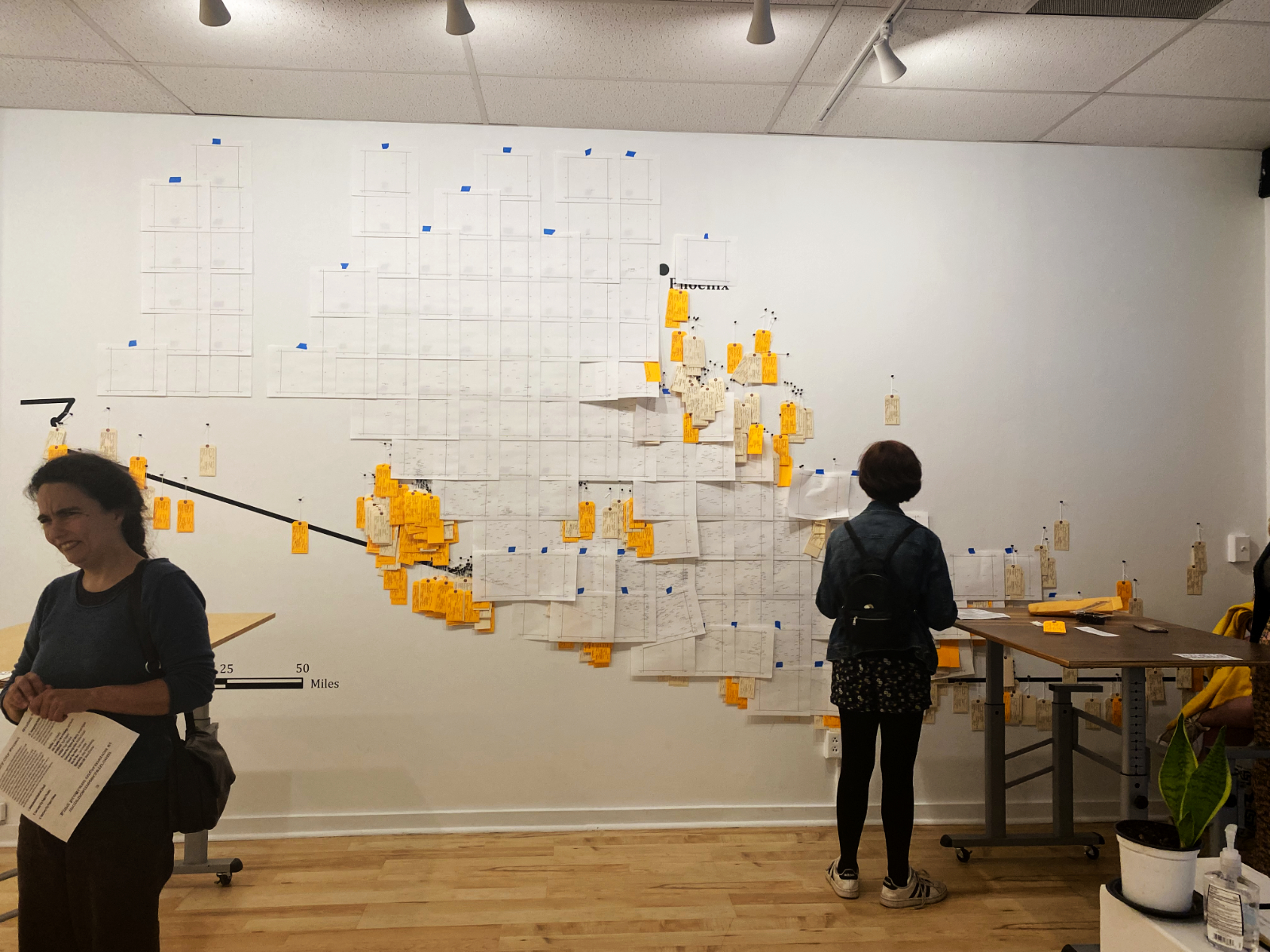
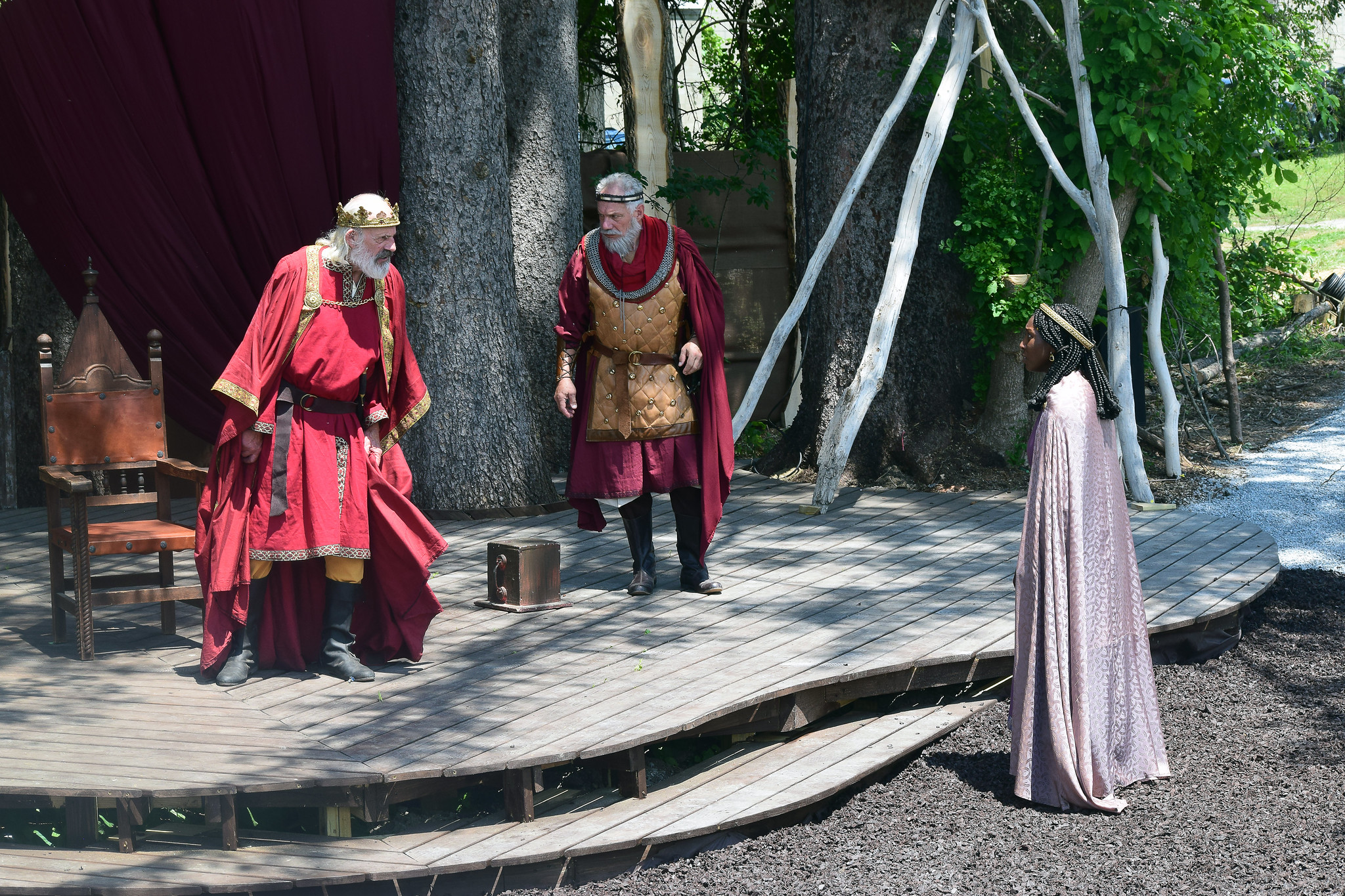

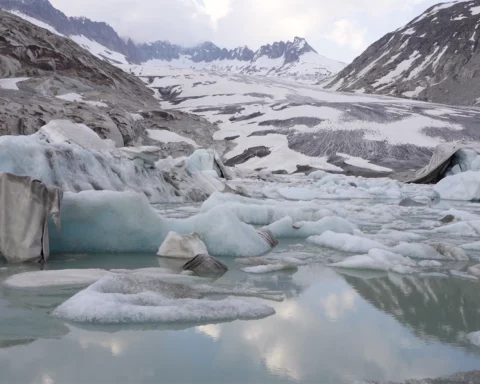

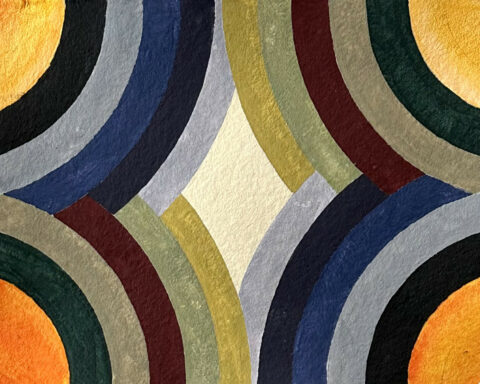
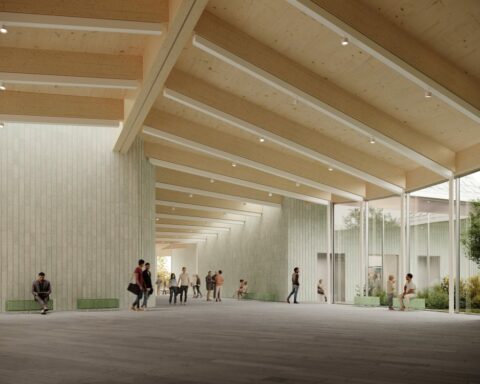
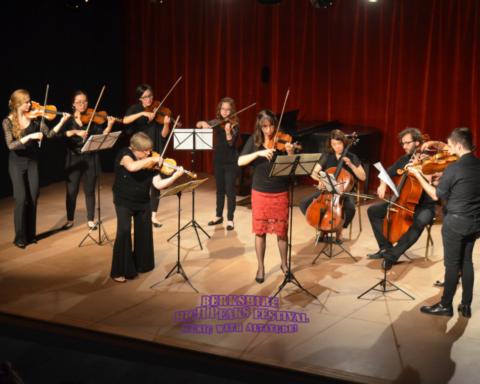









I dont care, they are illegally entering the country, how about they apply for citizenship or asylum like they are supposed to, are we to cry for every person dying trying to make dangerous journeys?